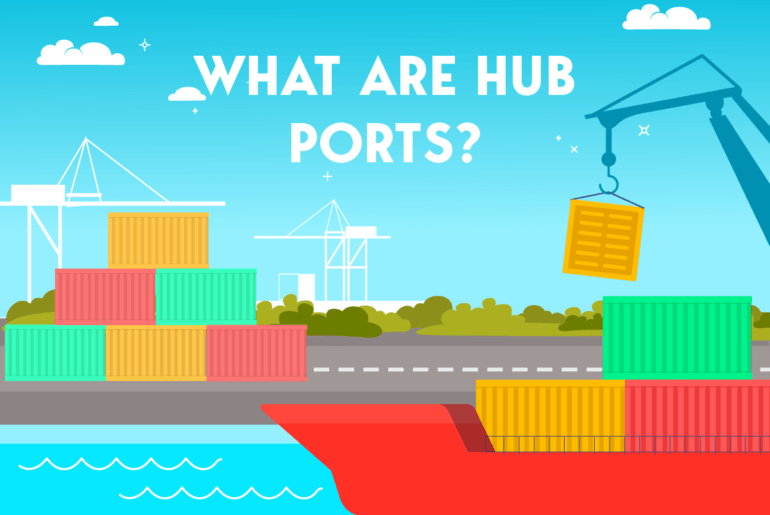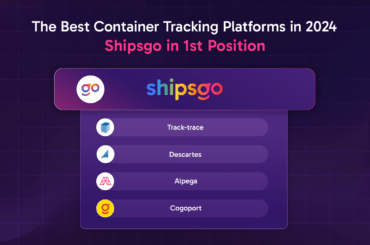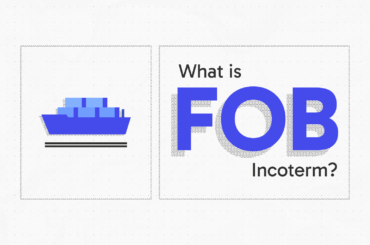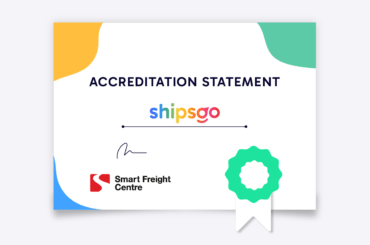In the history of international trade, the concept of hub ports plays a critical role in facilitating the smooth flow of goods and connecting economies across the globe. These strategic maritime hubs act as central points for transportation and tracking shipment, distribution, and consolidation, ensuring efficient transportation of cargo between various regions. In this blog, we will explain the definition, functions, and significance of hub ports in today’s maritime industry and global trade area.
What is the Hub Port?
A hub port refers to a major seaport that serves as a pivotal point in a transportation network, connecting different shipping routes and facilitating the transfer of goods between multiple origins and destinations; these ports often possess extensive infrastructure, modern facilities, and advanced logistics capabilities to efficiently handle large volumes of shipment and accommodate different types of vessels, including containerships, bulk carriers, and oil tankers. Hub ports have some functions for your organization and shipping processes. We listed these key functions and their significance.
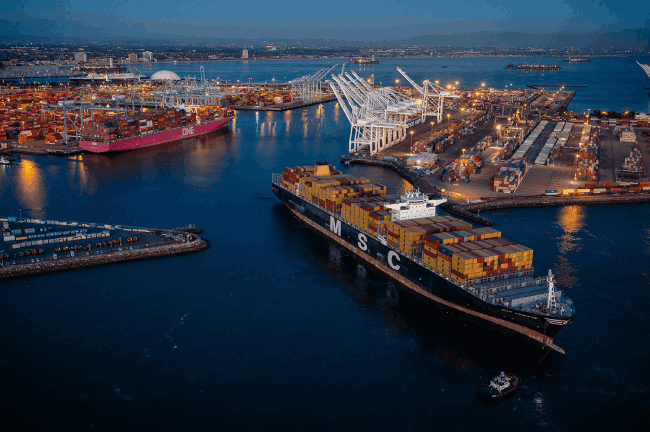
Key functions of Hub Ports:
- Transshipment
- Distribution Centers
- Connectivity and Multimodal Transport
- Economic Development
Significance of Hub Ports:
- Global Trade Facilitation
- Supply Chain Resilience
- Innovation and Technological Advancements

The World’s Biggest Shipping Hubs
In a world where global trade has become a critical role in economic growth and development, the functionality of ports is crucial.
Acting as nerve centers of international trade, these ports efficiently handle large volumes of cargo, enable transshipment, improve connectivity, and promote economic development; therefore, as global trade continues to evolve, major ports will continue to support the flow of goods and play a key role in the continuation of trade transactions.
1. Port of Shanghai, China
2. Port of Singapore, Singapore
3. Port of Ningbo-Zhoushan, China
4. Port of Shenzhen, China
5. Port of Guangzhou, China
6. Port of Qingdao, China
7. Port of Busan, South Korea
8. Port of Tianjin, China
9. Port of Hong Kong
10. Port of Rotterdam, The Netherlands
How Can I Find the Service Providers Between Hub Ports?
If you want to find carriers and forwarders that serves between hub ports we can give you the essential trick 👉 ShipsGo Service Finder.
Service Finder lists shipping lines and forwarders serving around the world for you. We provide key details about the services we have listed, such as transit number and transit day.
For the physical mean, a delivery center is where goods are received, sorted, and distributed. Its name can be a warehouse, fulfillment center, retail store, shipping dock, or any facility that handles deliveries from one point to another.
One of the easiest ways to include a hub port in a route is to use ShipsGo Service Finder. After choosing the port, we will list the details for you.
